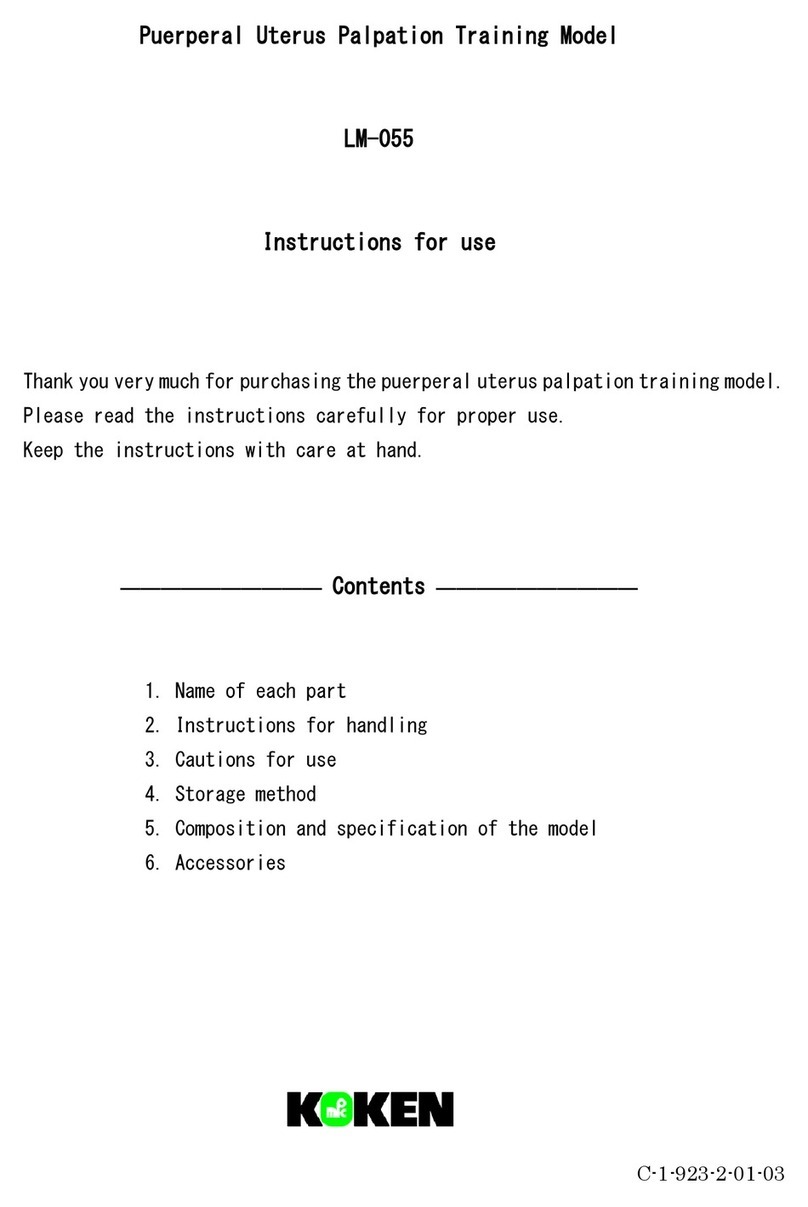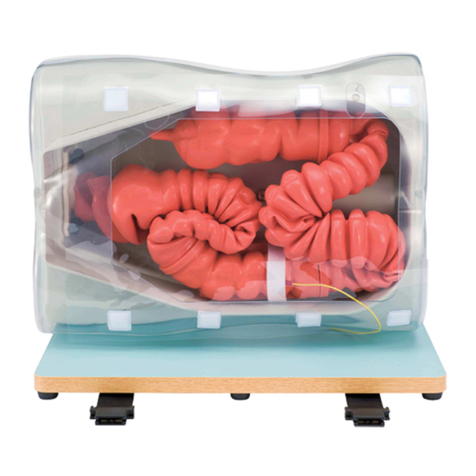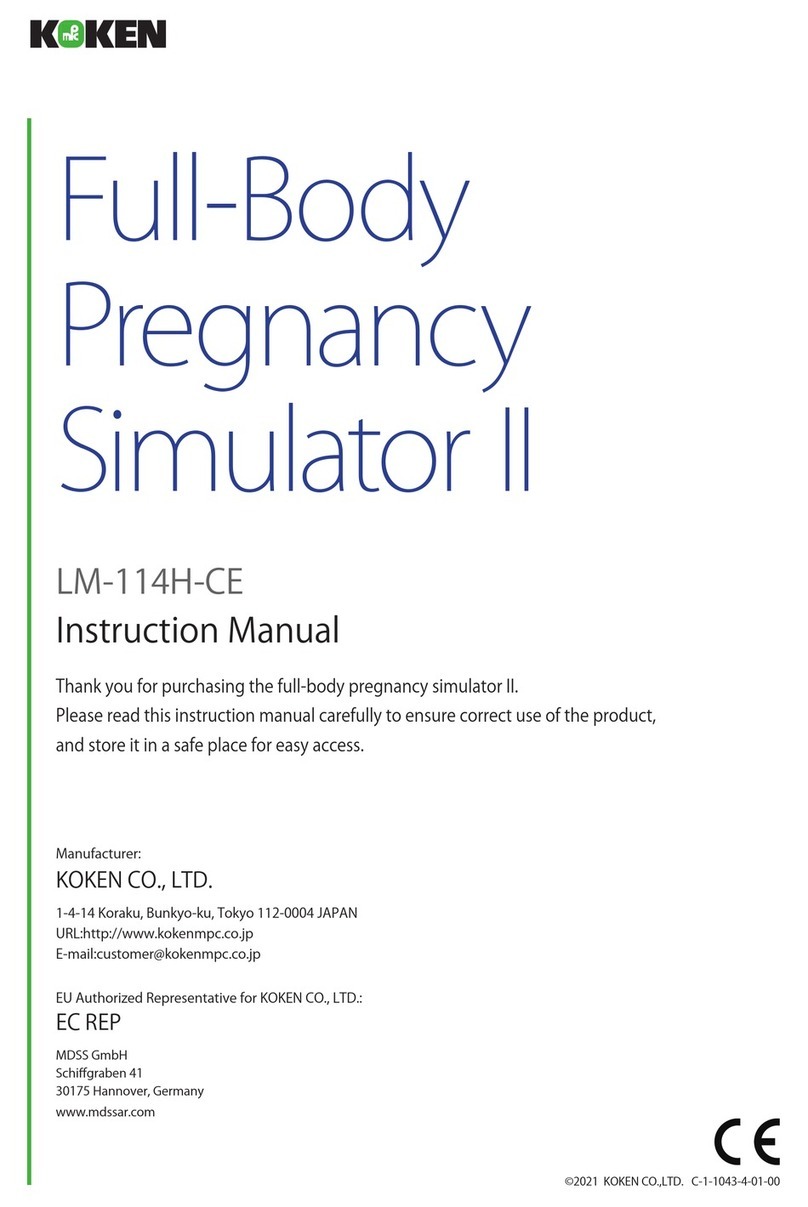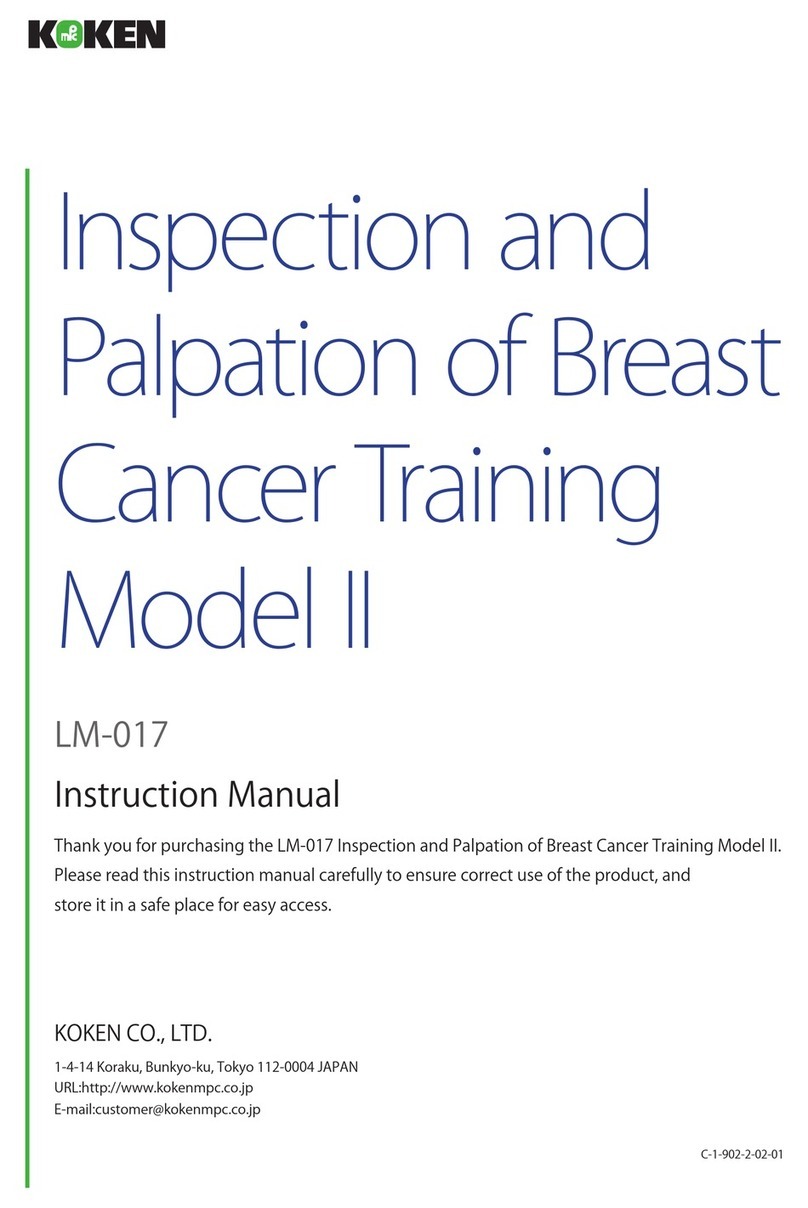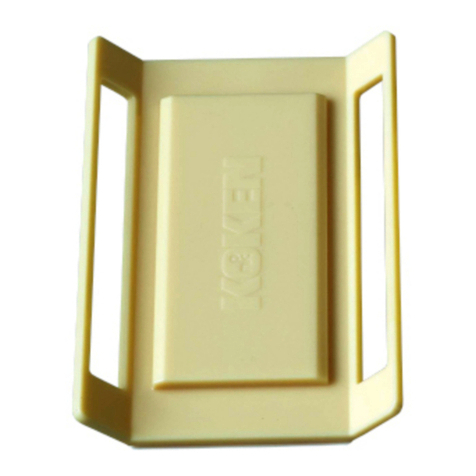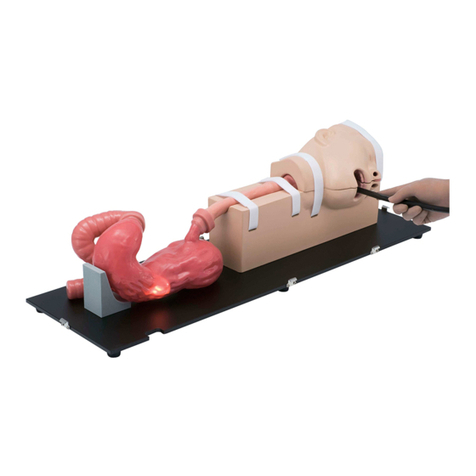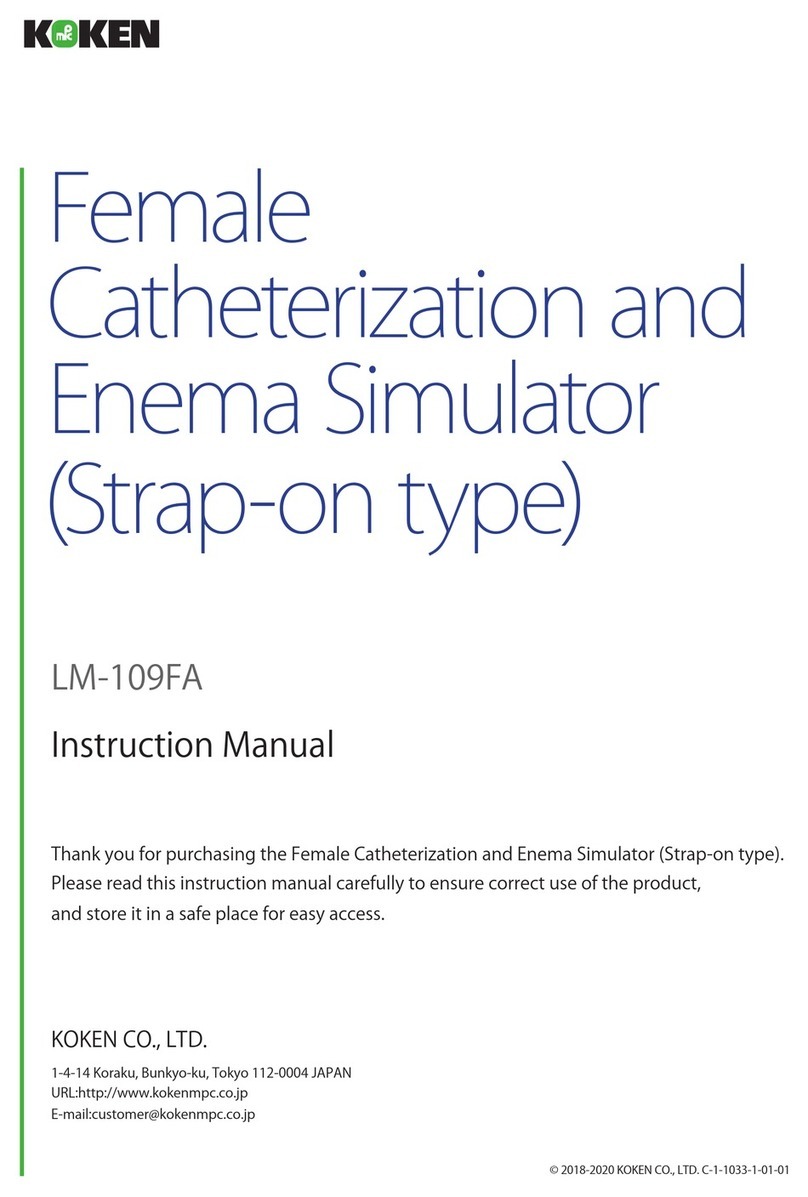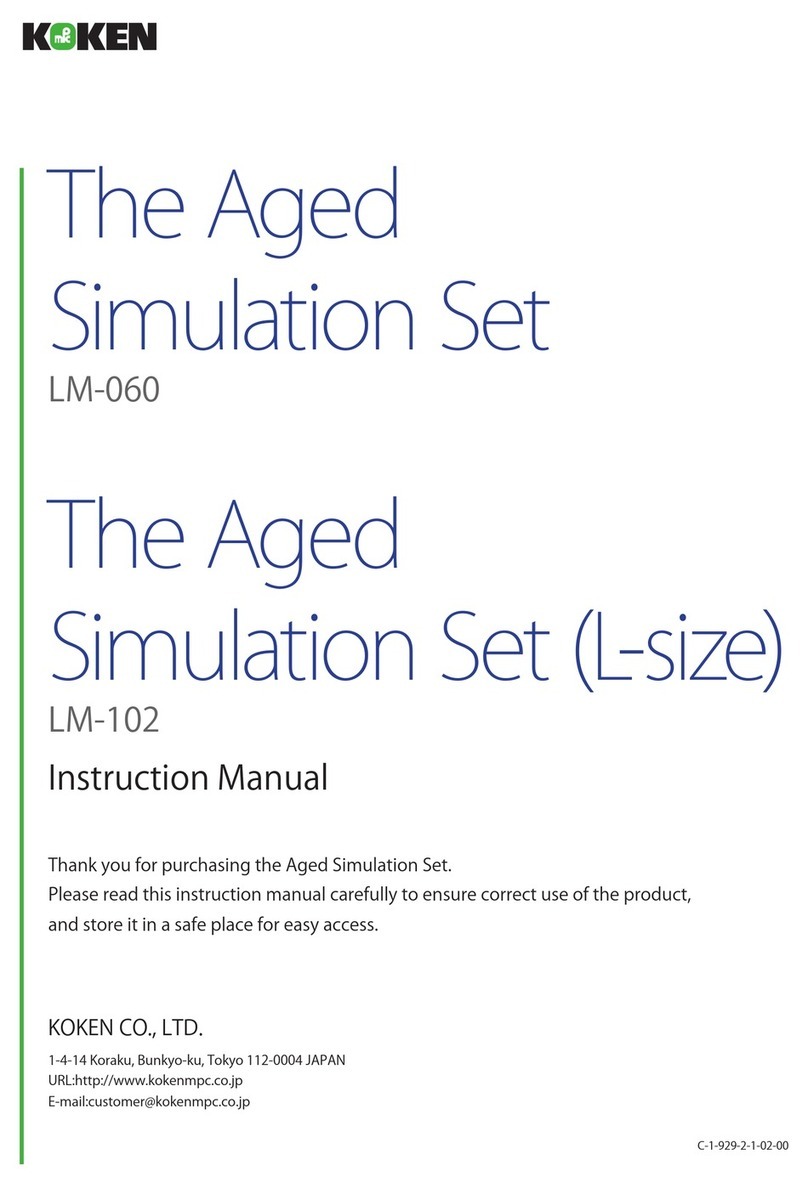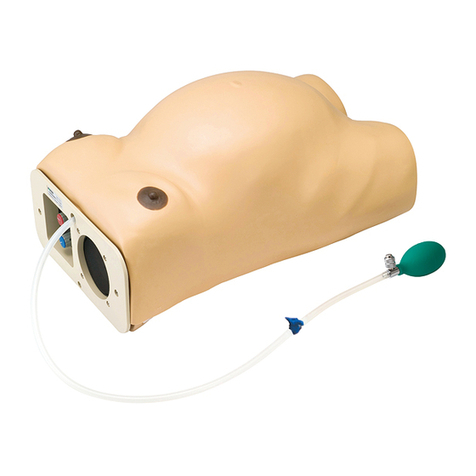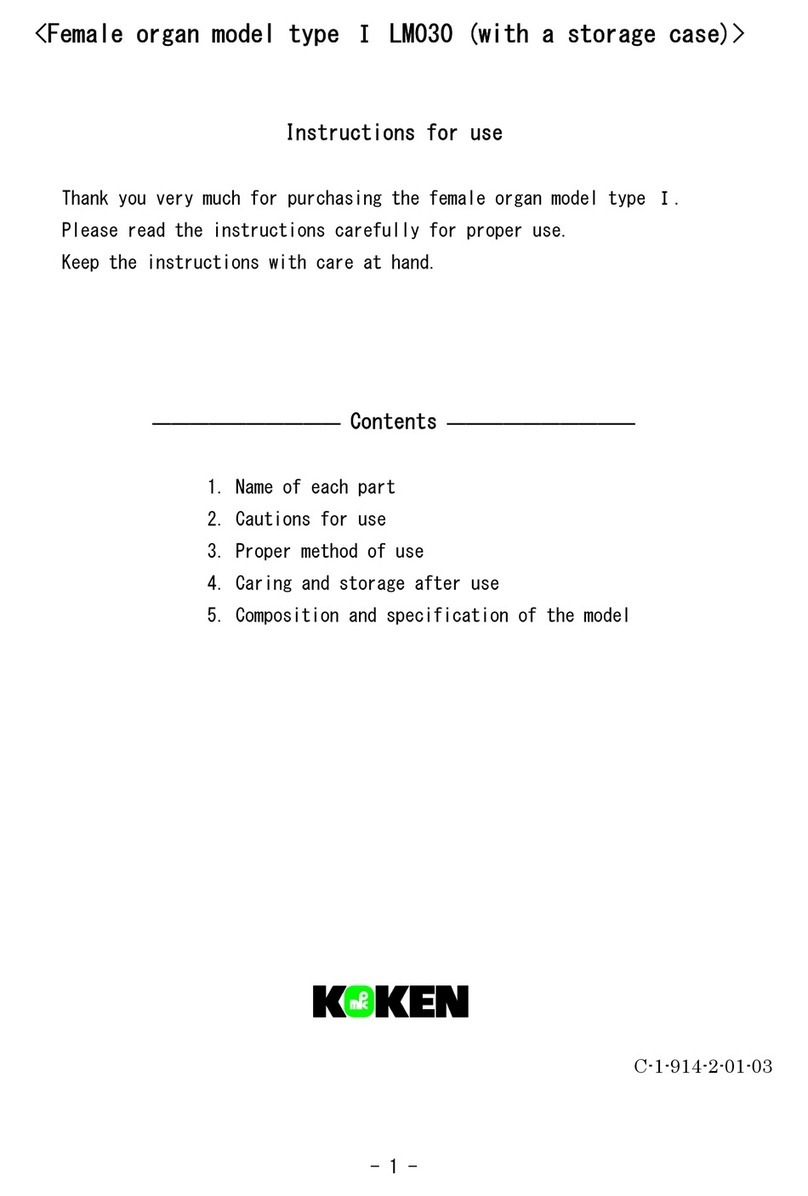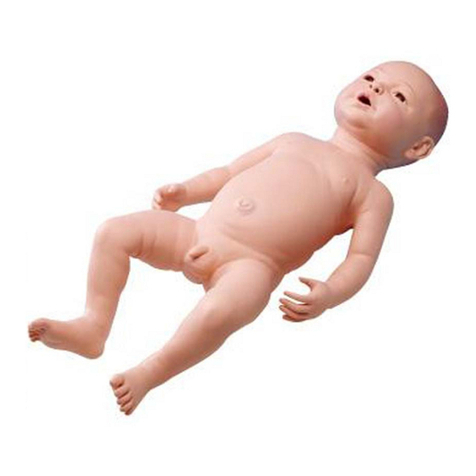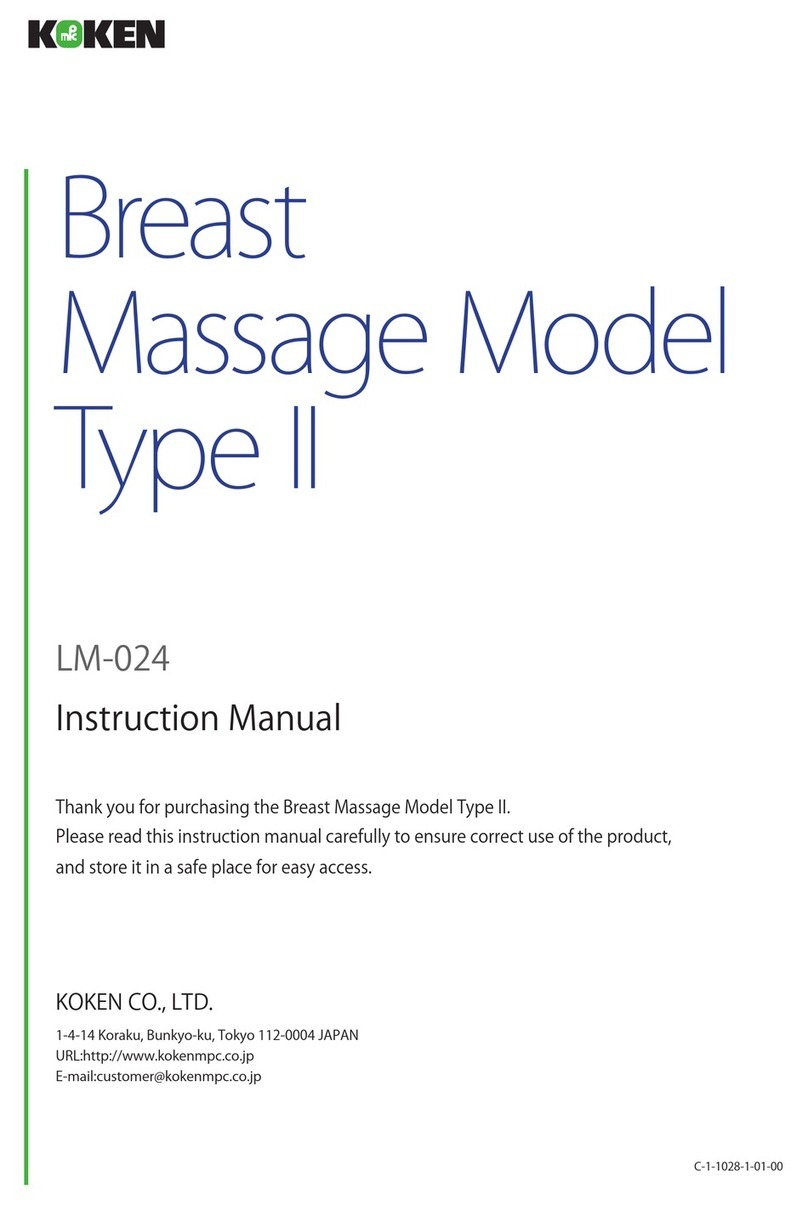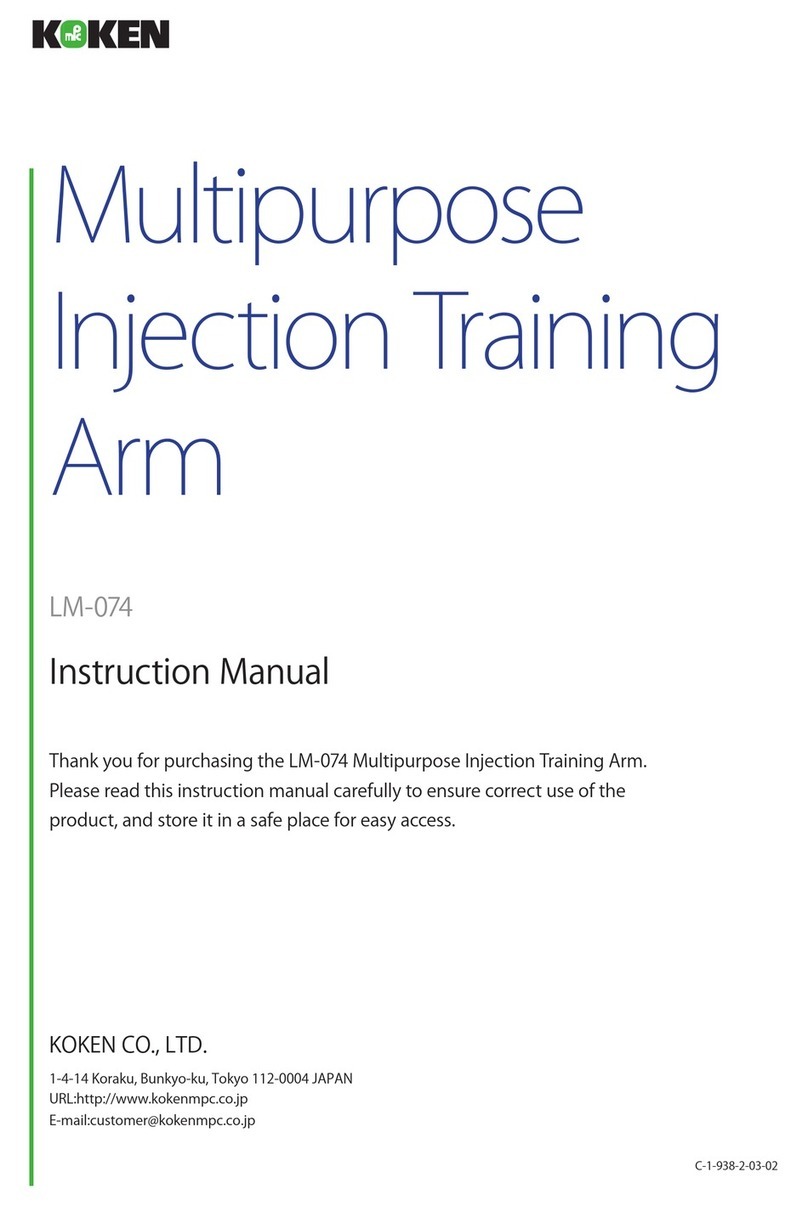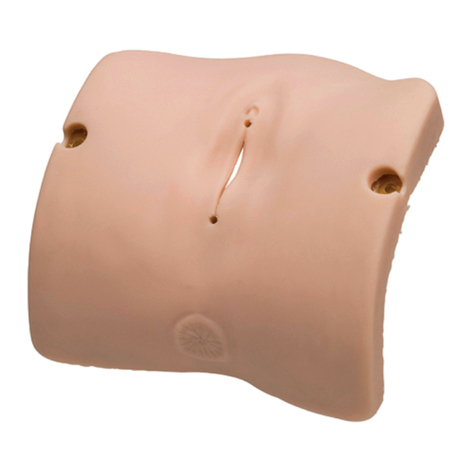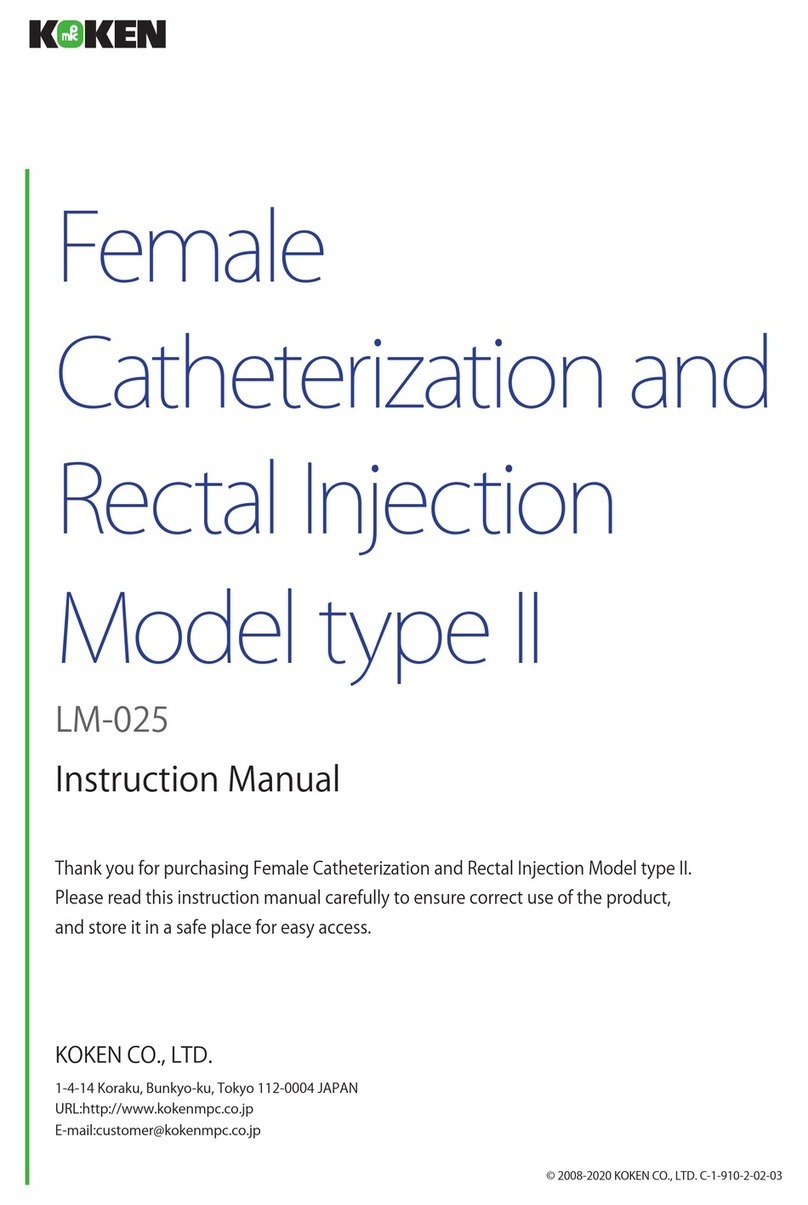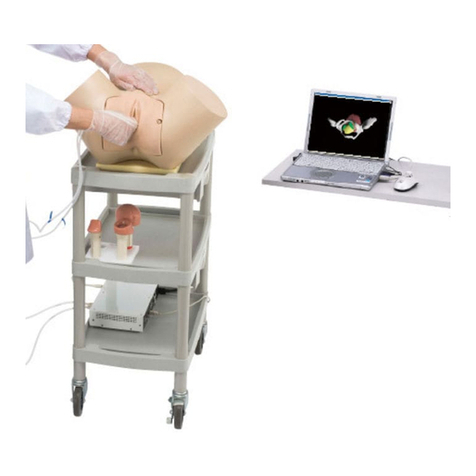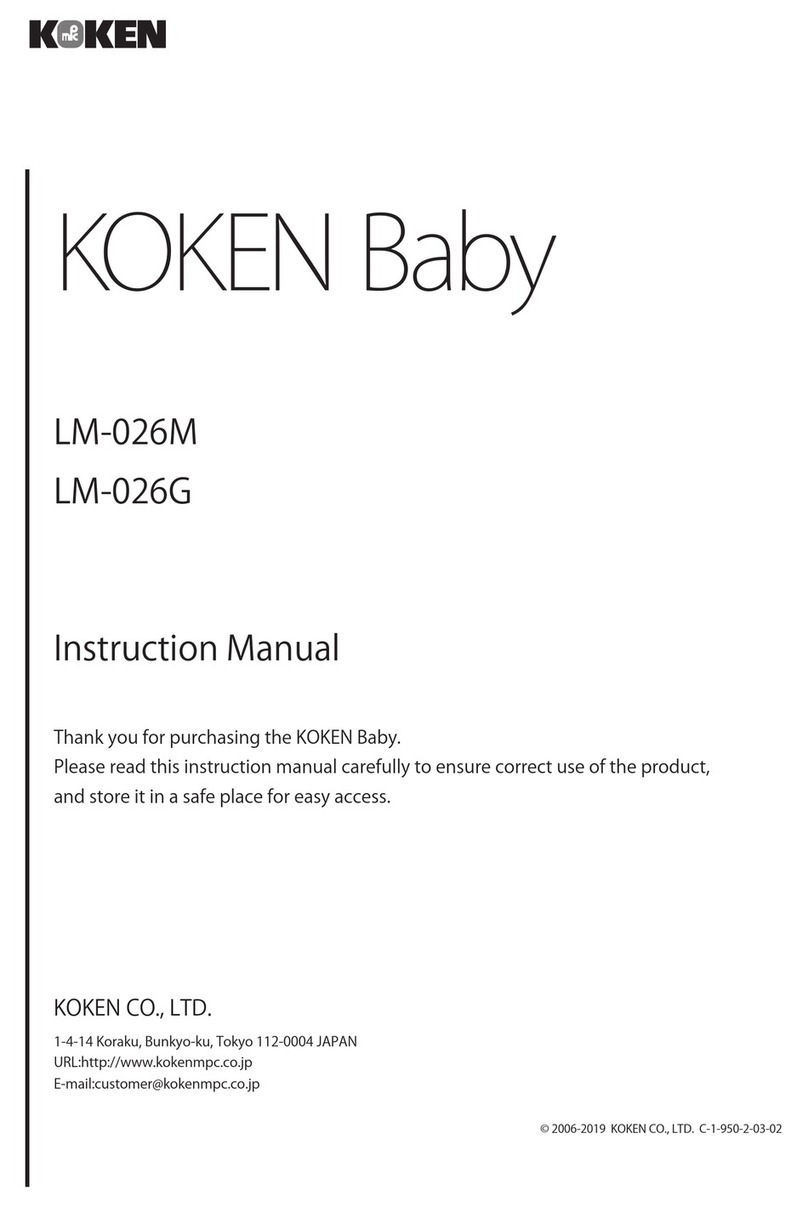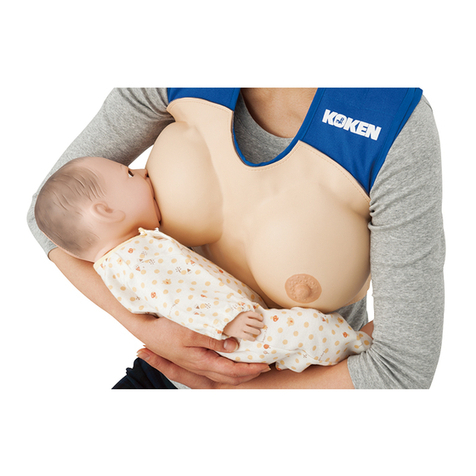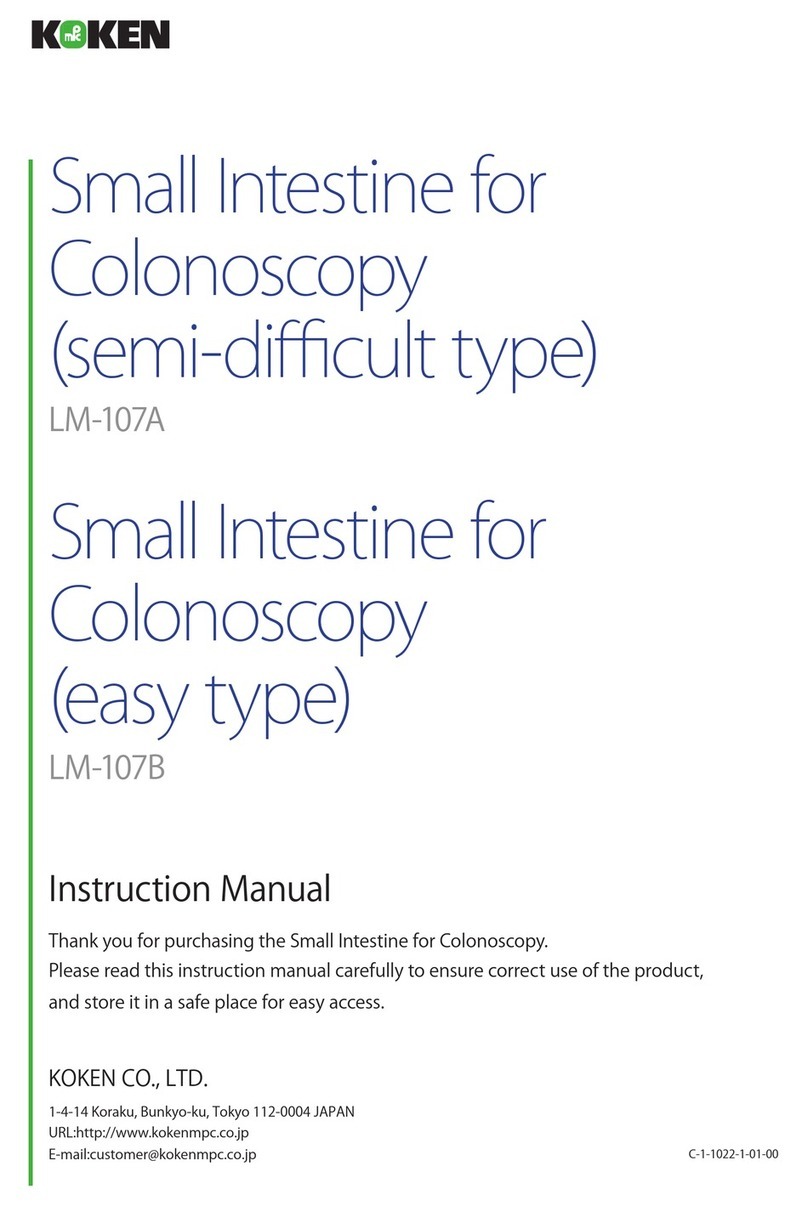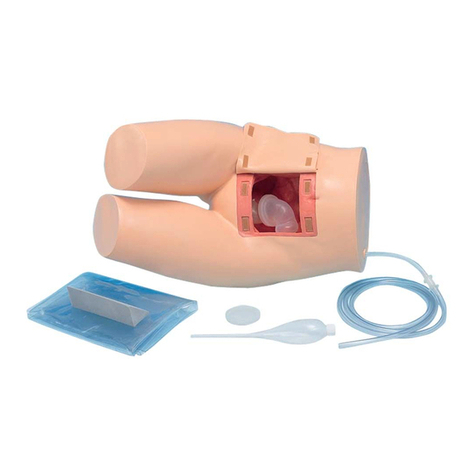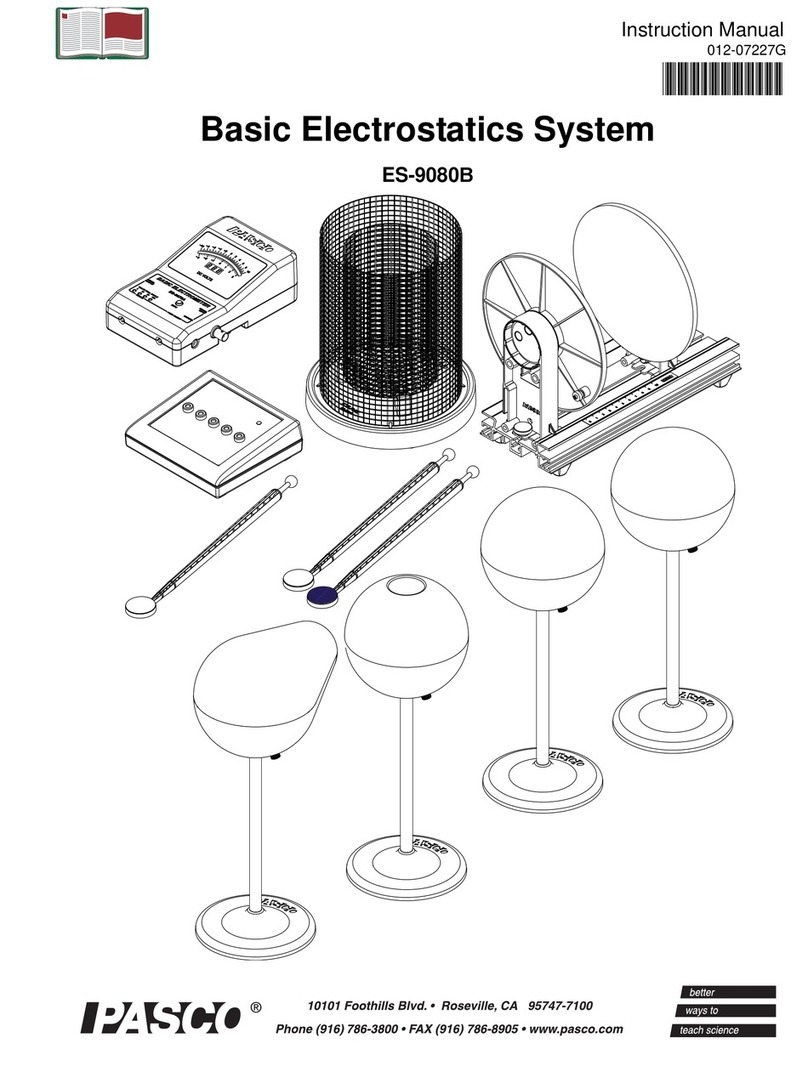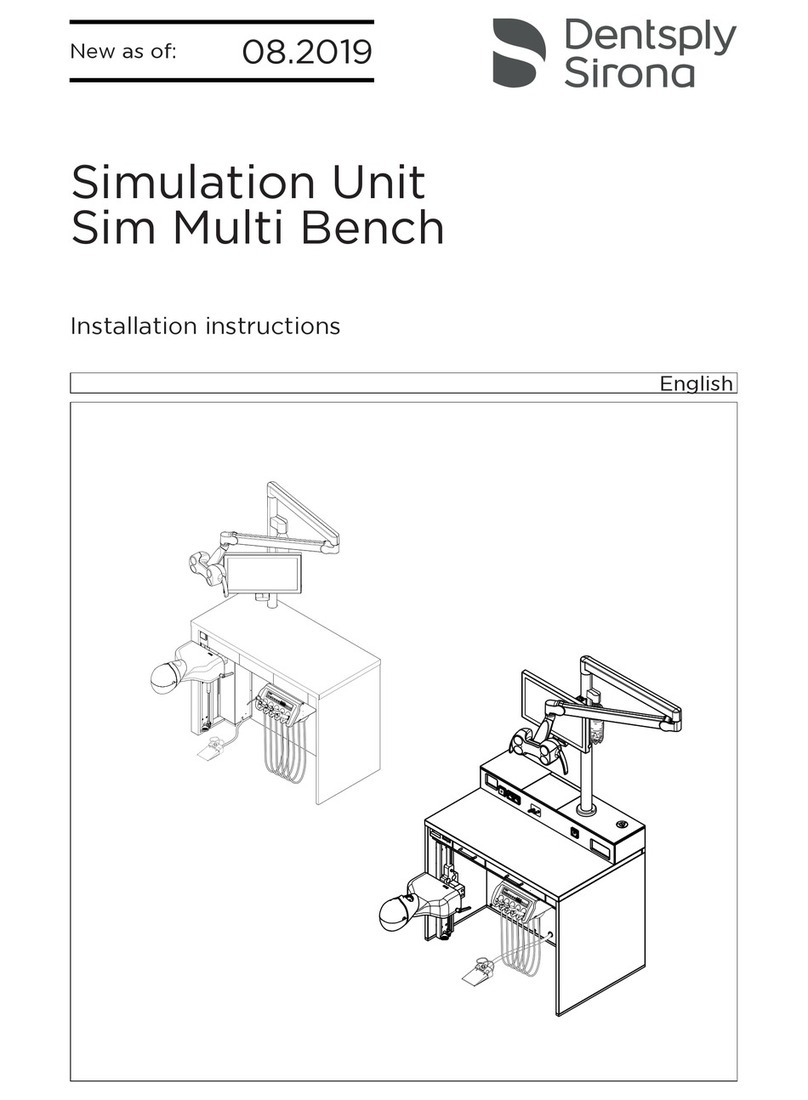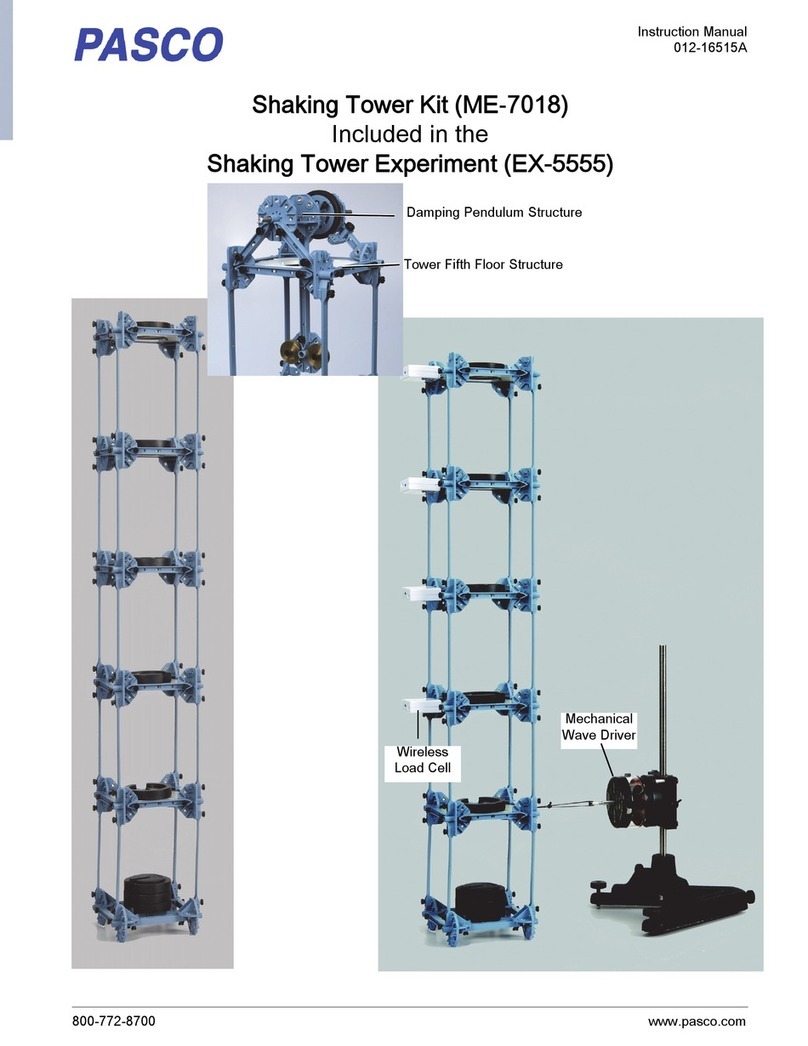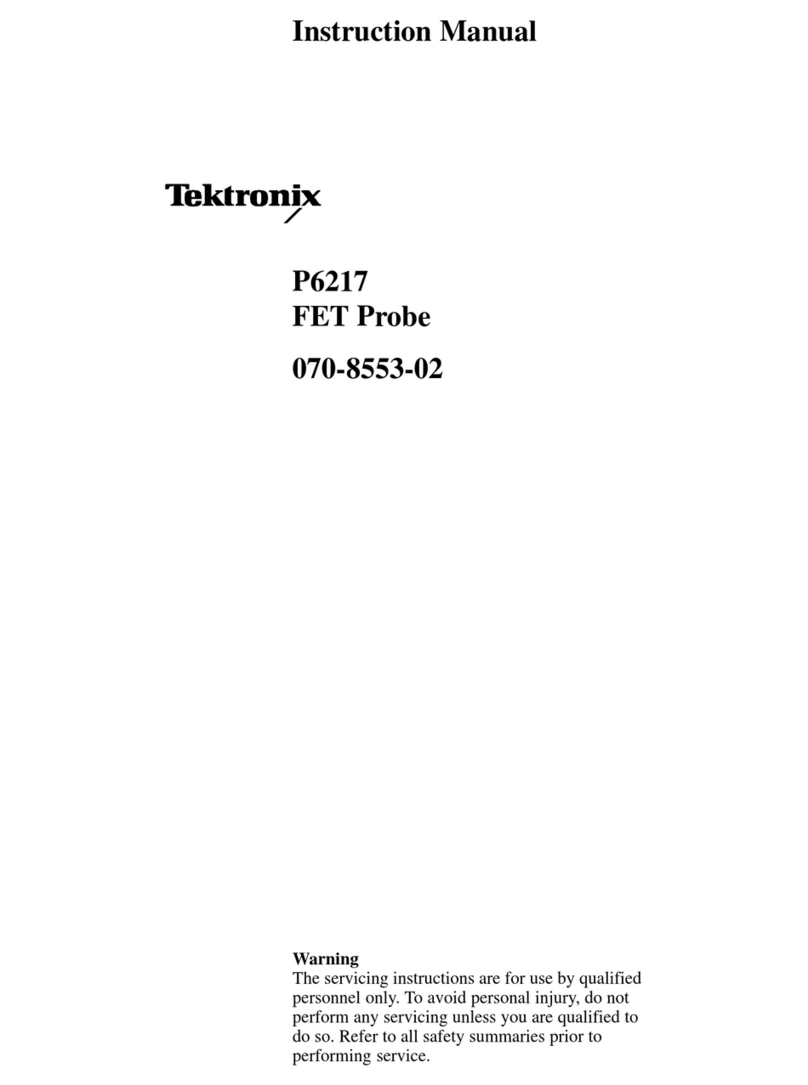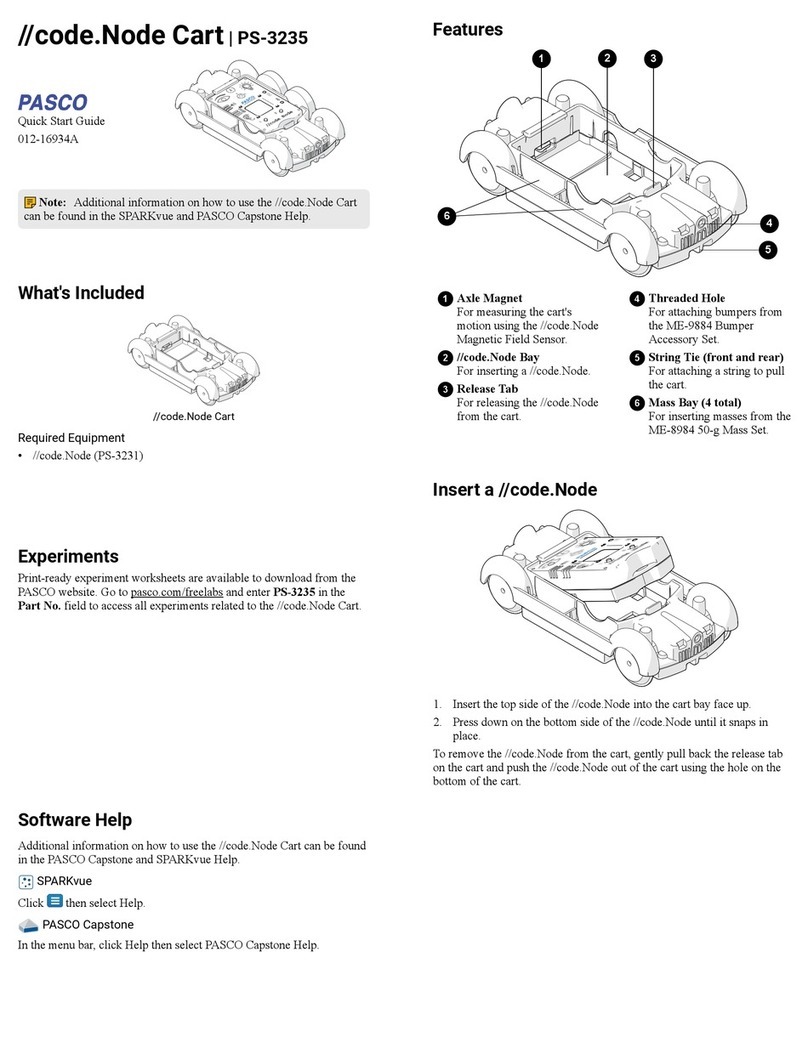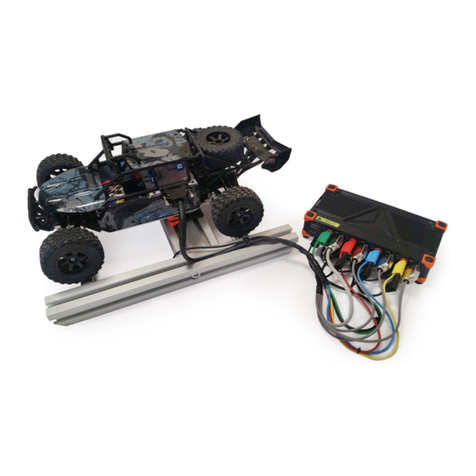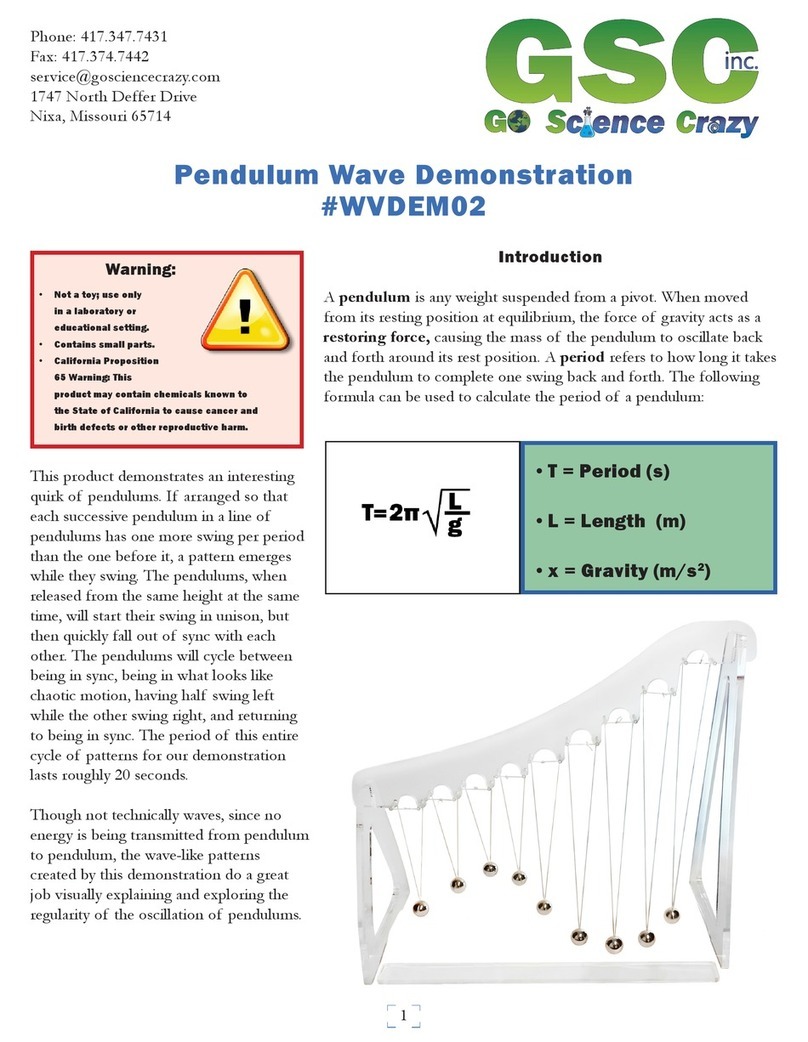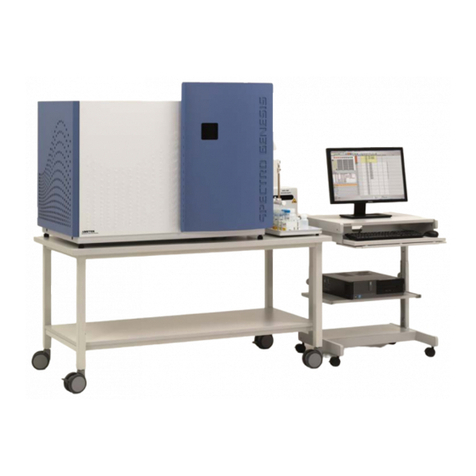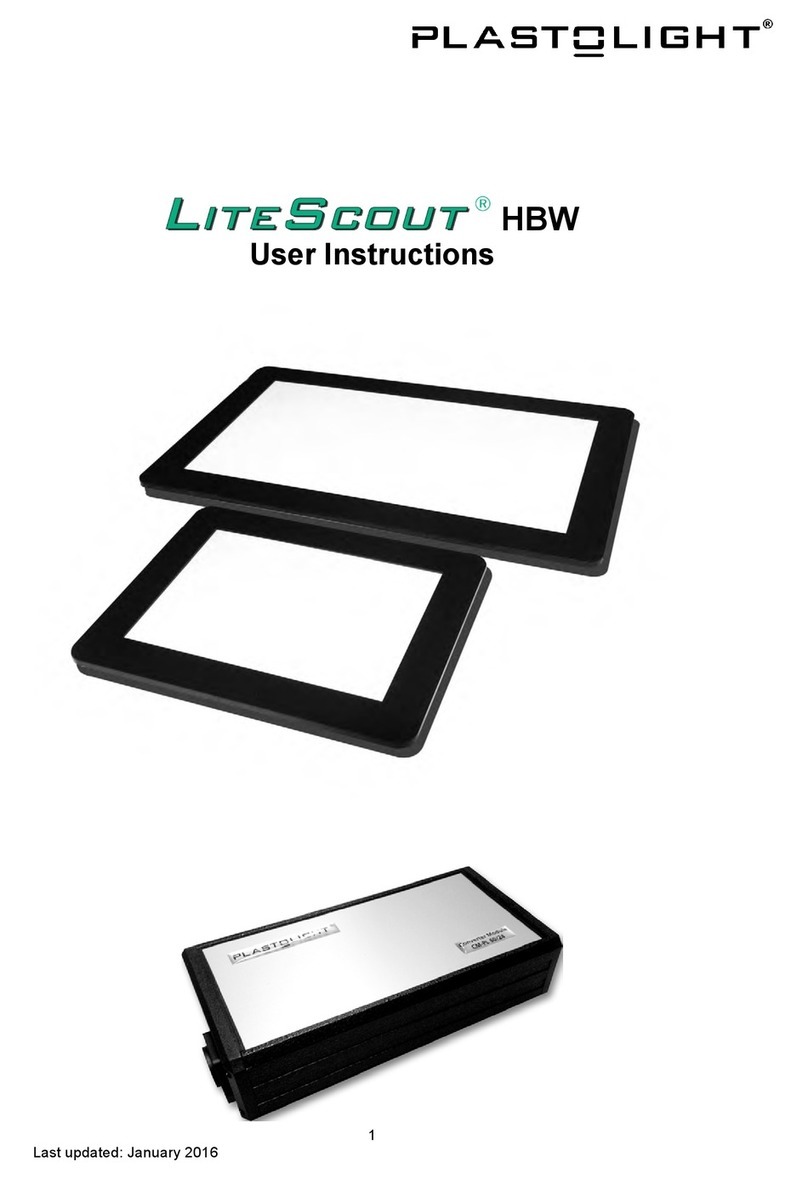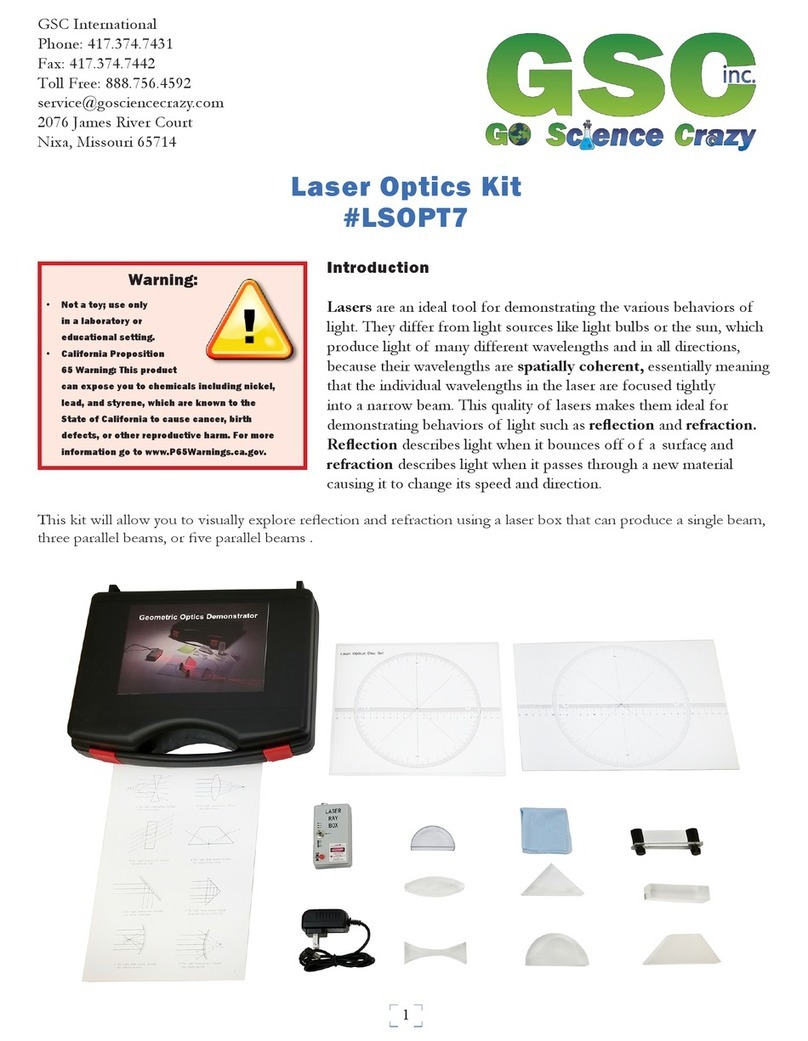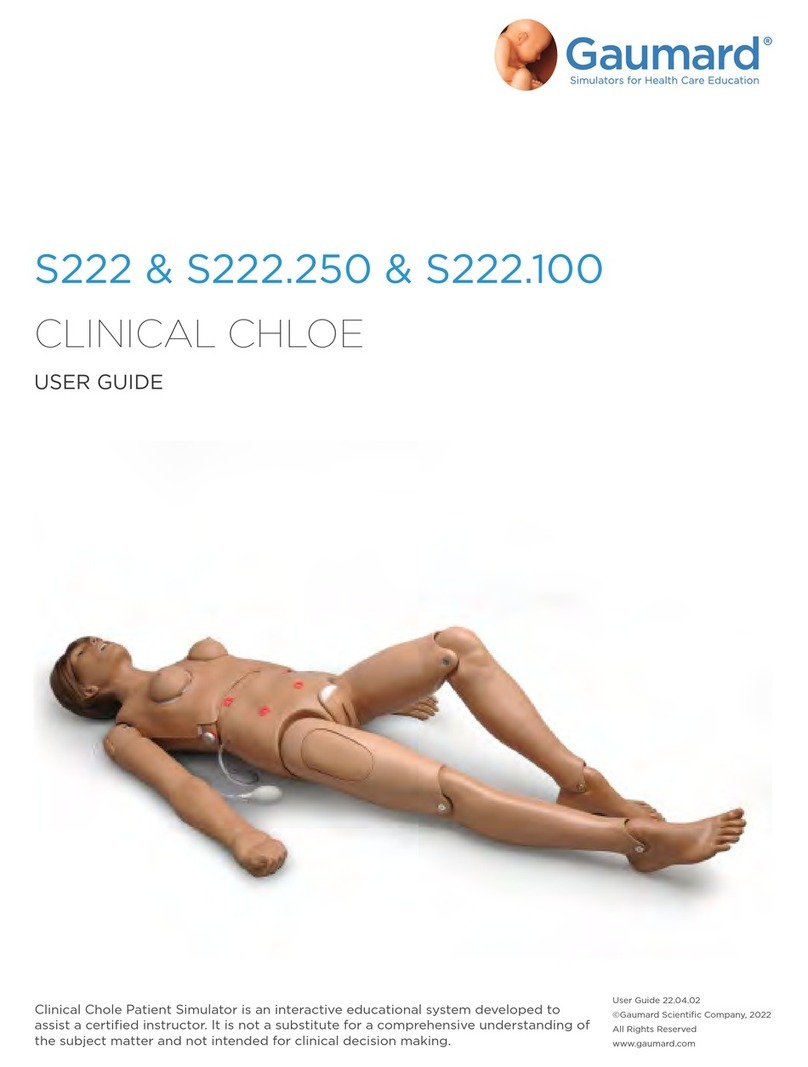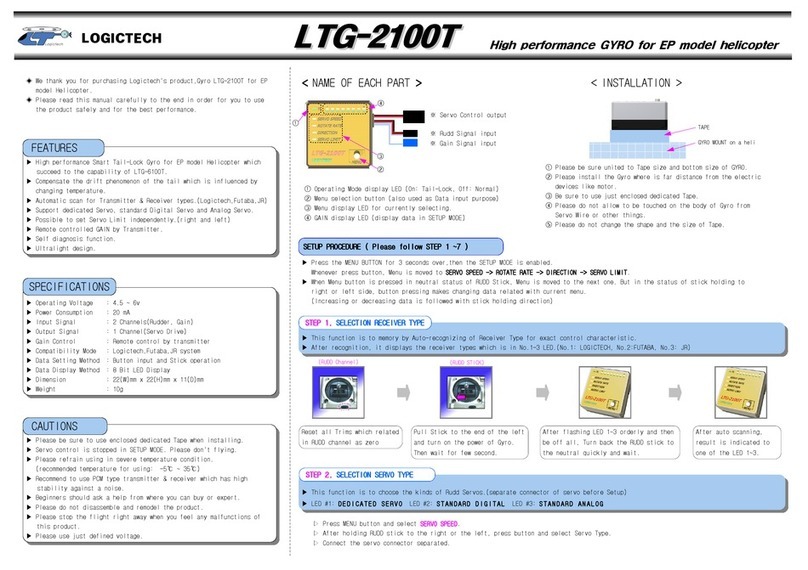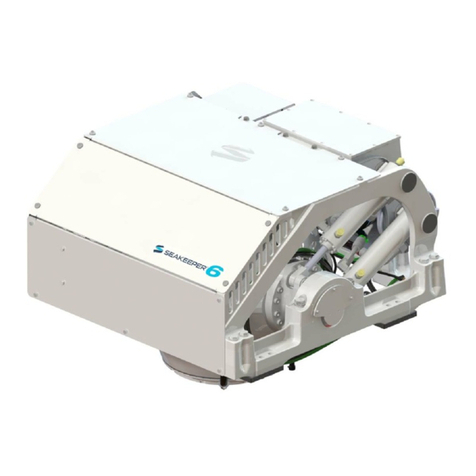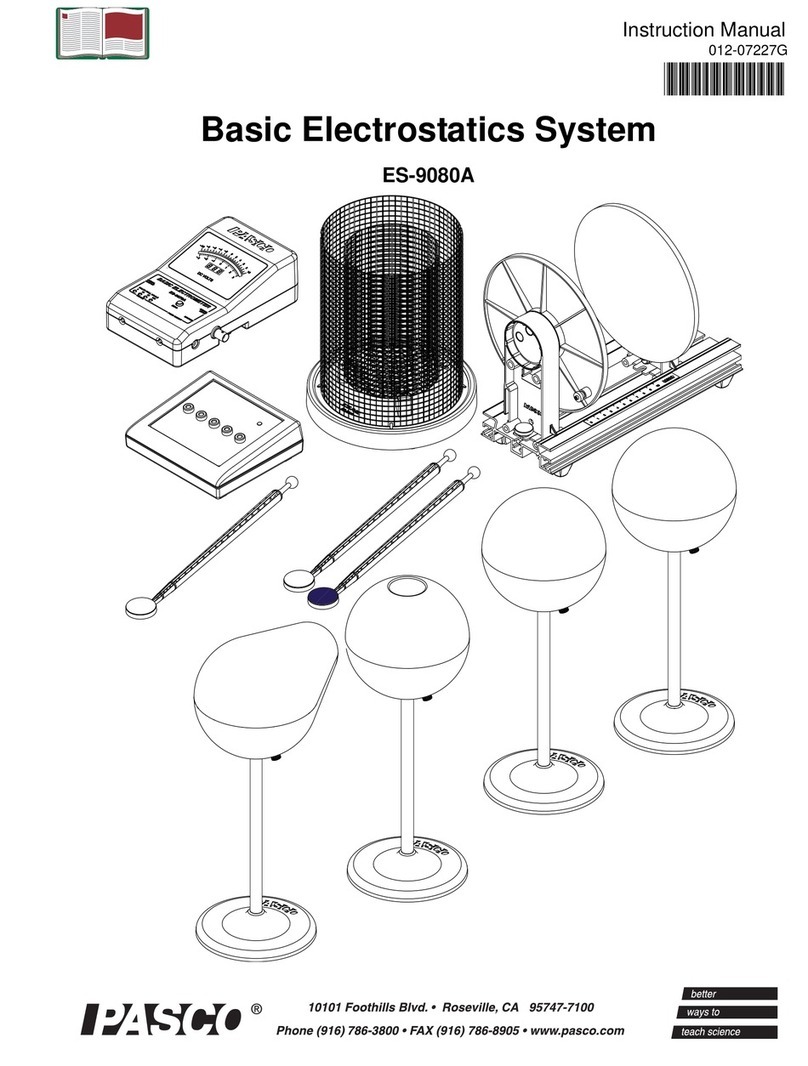
1
Handling and Safety Precautions
These precautions should be strictly observed in order to ensure safe,
long-term use of the product.
The following precautions should be observed particularly strictly:
Obstetric model - vulva II and the umbilical cord kit (for tying and cutting)
1. This model is made with a special material to simulate the texture of human skin. Please handle
it with the same care that you would exercise when working with a human body. Pulling it with
excessive force or subjecting it to strong impact, such as dropping it, may cause damage.
2. The material of this model has a distinct odor, which fades with time. This odor is not harmful
to the human body and does not indicate poor quality. There may also be a baby powder smell
remaining on the product, as baby powder is applied to the models during fabrication.
3. Wear disposable gloves when handling the model.
4. Use glycerin to lubricate the models. Be sure to apply a sucient amount of lubricant (glycerin)
to the model before use. Koken is not responsible for deterioration or damage occurring from
use of lubricants other than glycerin. Use commercially available glycerin if you run out of the
glycerin provided with the model.
5. Placing objects directly on top of the model or placing the model on uneven surfaces may result
in deformation.
6. Do not use rubbing alcohol, thinners, benzene or other similar organic solvents on the model, as
doing so may cause damage.
7. Do not use oil-based inks, pencil, chalk, or paints on the model, as they will soak into the material
and cannot be removed.
8. If the surface becomes sticky after washing the model, generously apply baby powder to the
model to reduce friction.
9. The model may lose its shape after a long period of time. Check the shape of the model around
3 years after purchase. If it is deformed to the extent that functioning is aected, please consider
ordering a replacement.
10. Air bubbles or impressions in the model that may remain from the fabrication process do not
aect the strength of the material, as the material used is highly tear-resistant.
11. This model is washable. After washing, wipe o the remaining water with a soft, dry gauze or
cloth, and pat baby powder all over the model. (Do not clean the model with rubbing alcohol,
thinners, benzene or other similar organic solvents.)
